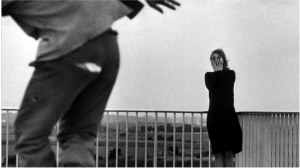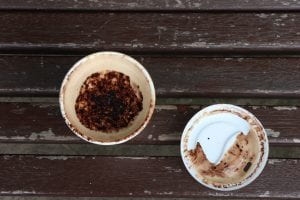The art form of photography continues to reinforce that it is a tool to not only capture moments, but to create a flowing story for others to enjoy. This ability to tell a story enables photographers to craft their own narrative, whether fiction or reality. Narrative structures such as three act structure, beginning, middle and end, including components crucial to a story such as central characters, conflict and resolution are common factors within photography. These stories which are driven by an individual’s own life experiences, holds as much in my opinion, the same superiority as films do. However, photography seems to have been delegitimised, for whatever reason. One could argue because of its mass availability, where not yet ‘legit’ photographers can be part of the community. But I argue wouldn’t it make this medium more authentic?
In Bush’s reading Photographic Narrative: Between Cinema and Novel, this aided in clearly this divide for me. Reading further, he discusses how photographers have blindly been telling stories, often unsuccessfully because they do not acknowledge the strengths and the weakness of our own medium, unlike others such as film and poetry. I think at the core of the issue, we underestimate the power of a single image. Taking tools reflecting one of scripts, draft and plans could aid in applying the balance of photography strength and weakness. Photography is so open to interpretation, and everyone’s interpretation is different. Perhaps that ambiguity of this grey area encourages a weakness if a specific story wants to be told, but also on the other hand perpetuates photography as an experimental art form.
 Photo extracted from Photographic Narrative: Between Cinema and Novel.
Photo extracted from Photographic Narrative: Between Cinema and Novel.
In this week’s class we discussed photography as a narrative. Proven by the exercise we did to capture time by experimenting with sequences. The production of five to seven photos enabled us to reorder the picking to create different narratives using the same images. I found it hard to brainstorm ideas to evidently establishing the passing of time. I thought about photographing a clock, or moving water to explain this progression and the order of the sequence. I opted to photograph my coffee (a bit boring yes), I don’t know why I found it hard to grasp the idea of the exercise. I wish I wrote a script for me to accompany the sequence and the story so it was more vivid and exciting to produce. For the future, I might use the tool of scripting a story and specific shots to allow my story to not be boring or be ambiguous anymore.
References:
Bush, Lewis 2019, Photographic Narrative: Between Cinema and Novel, blog post, 24 July, viewed 24 November 2020, <https://witness.worldpressphoto.org/photographic-narrative-between-cinema-and-novel-354baac43a19>
